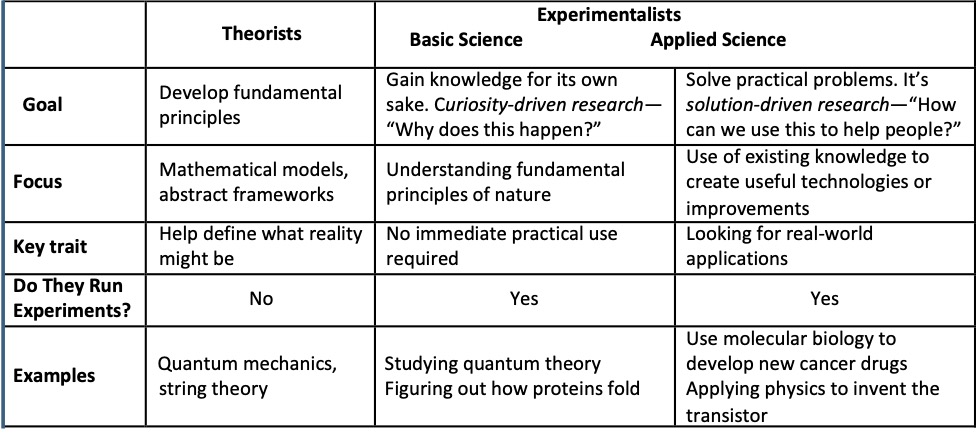Cory Doctorow explaining what is surveillance pricing.
Economists praise “price discrimination” as “efficient.” That’s when a company charges different customers different amounts based on inferences about their willingness to pay. But when a company sells you something for $2 that someone else can buy for $1, they’re revaluing the dollars in your pocket at half the rate of the other guy’s.
That’s not how economists see it, of course. When a hotel sells you a room for $50 that someone else might get charged $500 for, that’s efficient, provided that the hotelier is sure no $500 customers are likely to show up after you check in. The empty room makes them nothing, and $50 is more than nothing. There’s a kind of metaphysics at work here, in which the room that is for sale at $500 is “a hotel room you book two weeks in advance and are sure will be waiting for you when you check in” while the $50 room is “a hotel room you can only get at the last minute, and if it’s not available, you’re sleeping in a chair at the Greyhound station.”
But what if you show up at the hotel at 9pm and the hotelier can ask a credit bureau how much you can afford to pay for the room? What if they can find out that you’re in chemotherapy, so you don’t have the stamina to shop around for a cheaper room? What if they can tell that you have a 5AM flight and need to get to bed right now? What if they charge you more because they can see that your kids are exhausted and cranky and the hotel infers that you’ll pay more to get the kids tucked into bed? What if they charge you more because there’s a wildfire and there are plenty of other people who want the room?
The metaphysics of “room you booked two weeks ago” as a different product from “room you’re trying to book right now” break down pretty quickly once you factor in the ability of sellers to figure out how desperate you are – or merely how distracted you are – and charge accordingly. “Surveillance pricing” is the practice of spying on you to figure out how much you’re willing to spend – because you’re wealthy, because you’re desperate, because you’re distracted, because it’s payday…
Surveillance pricing essentially lets the seller devalue buyer’s money.
That surveillance can be weaponized against you, through “surveillance pricing,” which is when companies raise prices based on their estimation of your desperation, which they can infer from surveillance data. Surveillance pricing lets a company reach into your wallet and devalue your money – if you are charged $10 for a burger that costs the next person $5, that means your dollar is only worth $0.50

You must be logged in to post a comment.